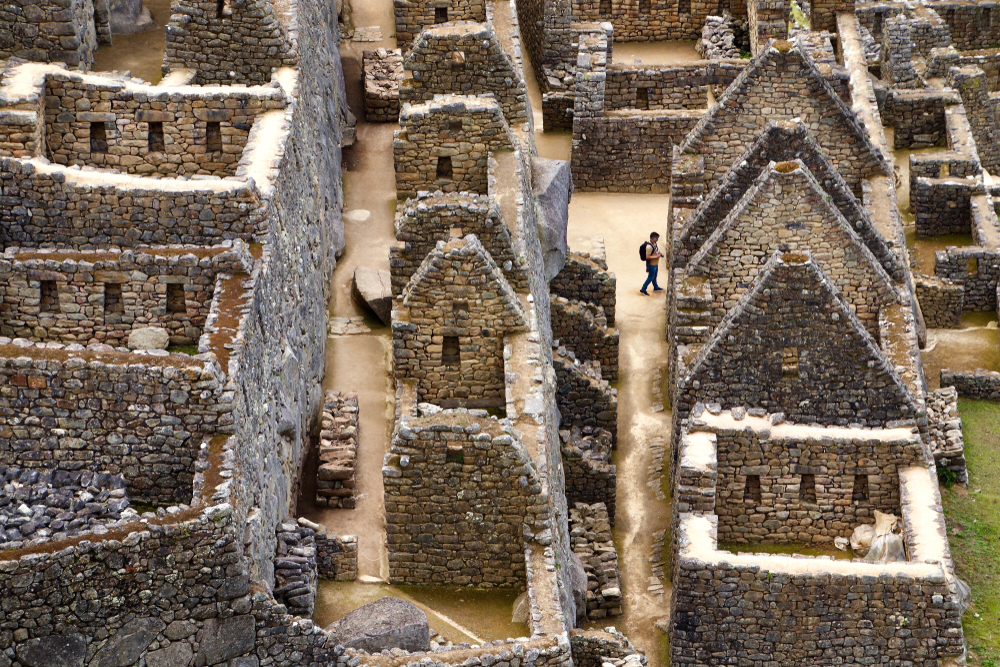Ancient Workers Traveled From All Over to Reach Machu Picchu
Posted on Categories Discover Magazine

A new study seeks to trace the origins of many of the attendants who lived at the famous archaeological site Machu Picchu during its heyday. Using DNA, the results open a window into the remarkable construction, which was built without mortar or even wheels during the 15th century.
Hundreds of workers built Machu Picchu by pushing heavy stones uphill or carving them directly out of the mountainside’s bedrock. For walls, they used a method called “idquo ashlar” in which stones were fitted together precisely.
To this day, hundreds of thousands of people visit the mountainside complex built for the Incan emperor Pachacuti. At its highest point – the dramatic Citadel section – the complex rises more than 7,800 feet above sea level into the clouds. Its narrow walkways connect to agricultural terraces, roads, pathways and about 200 buildings that served religious, astronomical and domestic purposes.
Ancient DNA Origins
Machu Picchu served as a seasonal home for Incan royalty, and several hundred attendants and workers lived there year round (although the site doesn’t appear to have ever accommodated more than 750 people).
The current study tested the DNA of 34 such people using methods similar to current ancestry studies to determine where they had come from, and the results said conclusively: all over.
Jason Nesbitt, an associate professor of archaeology at Tulane University, said in a statement that the results sent a clear signal not related to elites or royalty, “but lower status people.”
Researchers compared the DNA from Machu Picchu burials to other ancient DNA from the Incan empire, as well as modern DNA from South America. They found similarities throughout the Andean highlands as well as along the north and south Peruvian Coast, which didn’t come as a surprise. They also found less expected connections to modern people from the Peruvian, Ecuadorian and Colombian Amazon. In particular, they found female DNA from those areas, something the paper says warrants further study.
“Now, of course, genetics doesn’t translate into ethnicity or anything like that,” said Nesbitt, “but that shows that they have distinct origins within different parts of the Inca Empire.”
Lone Travelers
These people came to the famous site as individuals and not as part of a family or community group. Each died there and was buried there, in one of Machu Picchu’s four cemeteries.
“The study does really reinforce a lot of other types of research that have been done at Machu Picchu and other Inca sites,” Nesbitt said.
Read More: How the Inca Built Machu Picchu